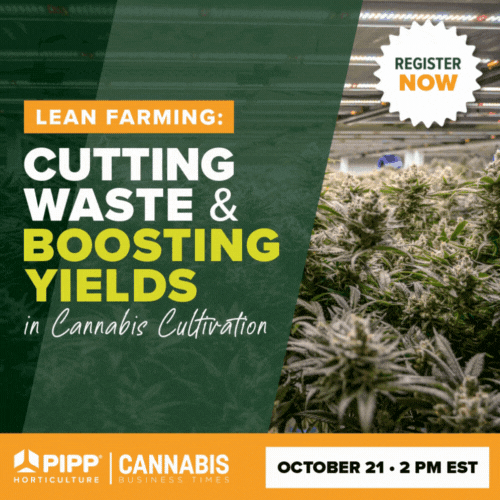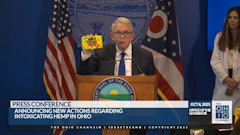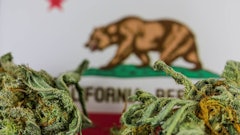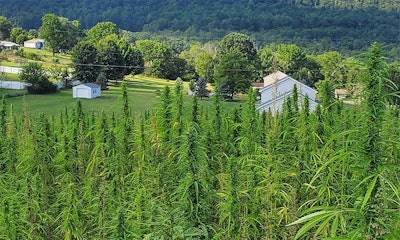
Susquehanna Mills Co. has been in the seed oil game for 18 years, producing cooking oils and other home products. When hemp came around, the opportunity and the promise seemed clear: The company picked up one of the first 13 permits to grow industrial hemp in Pennsylvania.
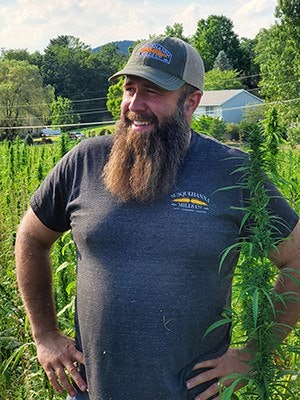 josh leidhecker
josh leidheckerOwner Josh Leidhecker says he was looking for an alternative crop for Susquehanna’s local farmers. He and his team had the processing equipment on-site already; in 2017, when industrial hemp was first planted under Pennsylvania’s pilot program, it was just a matter of learning the ins and outs of this crop.
That’s no small task, but Leidhecker’s background in seed oil processing gave him and his team a leg up from the jump. Among the early challenges of working with hemp seed was its moisture sensitivity.
“These specialty oil seed crops, they're not as simple as corn and soybeans,” Leidhecker says. “From a production standpoint, yes, a farmer can grow anything, but all of these require a little more attention to detail in the harvesting, conditioning and storage to keep them at a condition that's worth processing.”
The company’s first hemp grain harvest in 2017 was hit-or-miss, with the team forced to toss some of the seeds and quickly adapt to the importance of cool, dry storage. It’s not a crop, Leidhecker points out, that can be shuttled off to the elevator the minute it’s harvested; delicate chemical balances are in play with every plant and every seed.
Hemp seeds are high in Omega-3, a “healthy yet unstable triglyceride,” Leidhecker says, explaining that the seeds are more prone to oxidation that some of the other fatty acid chain oils on the market (like those processed from peanuts or soybeans).
“It was harder than anything else we’ve harvested to maintain right on the back end,” he says, looking back to the company’s first harvests. “And we've got that under control now. We had to put in a separate facility to immediately clean the grain out of the field and then dry it to an acceptable storage moisture. We’ve got that dialed in, but that's what I always recommend to any farmer: making sure there are certain things on-farm set up to manage this grain as it's harvested. It’s certainly challenging.”
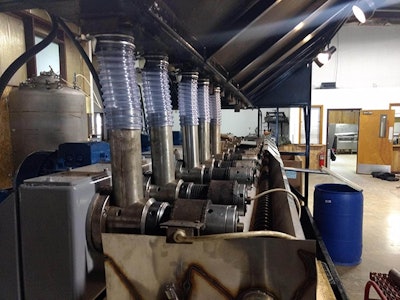 susquehanna mills co
susquehanna mills co“We are engaged in all three disciplines of industrial hemp: cannabinoid production, fiber production and then, of course, grain processing,” he says. “I think it's important to be eyes-wide-open about those markets as they shift and change. For instance, the first couple of years, we might have made most of our revenue from CBD lines, but now this year it's going to be more foodstuff and agricultural-driven stuff—less CBD stuff until the CBD market starts to move toward food products, which is going to happen. It’s just a matter of time here.
That’s one of the great questions in the industry right now: What’s needed to get the market infrastructure developed? Consumer demand, supply chain bottlenecks, the high cost of the hemp learning curve, processing equipment prices—all are economic puzzle pieces that must interlock favorably to kick off a surge of fiber and grain production. So much of the hemp business, particularly in the U.S., is based on CBD extraction (and awaiting further clarification from the federal government on that front). But Leidhecker points to the sheer expansiveness of a future fiber or grain segment in the industry.
And, as that shift gets under way, hemp farmers in the CBD game would do well to study the other parts of the burgeoning marketplace. As for those hemp farmers who may be interested in transitioning some acreage from CBD extraction to, say, grain production in 2021, it’s two different approaches to cultivation.
“Apples and bananas,” he says. “Absolutely totally different.”
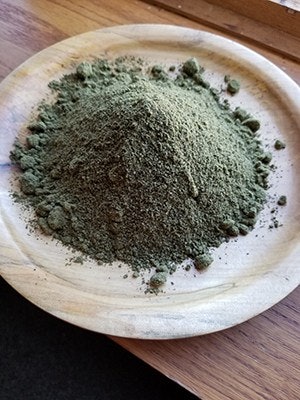 hemp protein
hemp proteinCBD production is more akin to the horticultural side of hemp; fiber and grain echo some of the long-held best practices of grain farming.
It’s a learning process, either way. And Leidhecker says that part of the work is simply finding a place in a market that’s not entirely in place. “Just trying to develop the markets is the challenging part now,” he says.
He’s joining the thousands of other U.S. hemp farmers presently setting goals for the 2021 season. At Susquehanna Mills Co., Leidhecker is eager to roll out a new snack line and help along the early legalization efforts behind hemp as animal feed.
“We're hoping that through some of our research work with our research partners [in Pennsylvania], with the work that we’re doing currently, we can get hemp more mainstream for the inclusion in the agricultural production of beef and chickens and pork and those sorts of markets,” he says. “These markets will develop as widespread acceptance in the feed market will allow for an economy of scale that can drive a bigger expansion.”
Economy of scale: It’s a classic idea that drives business development, from the owner on down to the consumer base. It’s the next hurdle to be leapt before farmers feel comfortable—on a sprawling, national scale—adding the crop to their rotations and experimenting with new supply chains.
“I'd like to really tie down some fiber markets,” Leidhecker adds. “I’d really like to help develop some fiber markets or possibly have the ability to aggregate and pre-condition the fiber to fit into some of the existing markets that are interested in it.”

